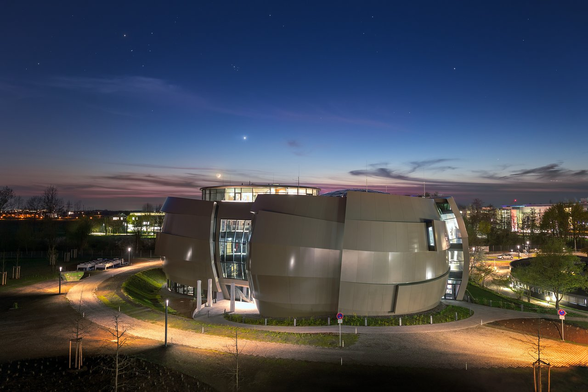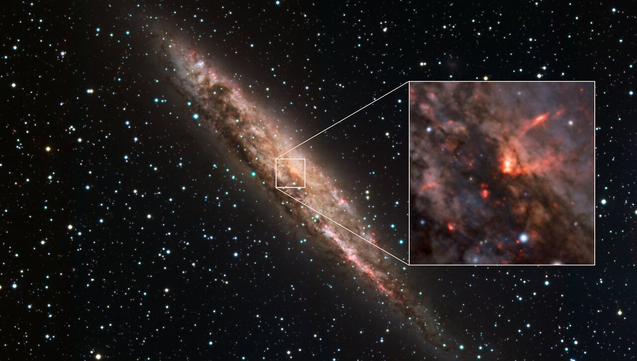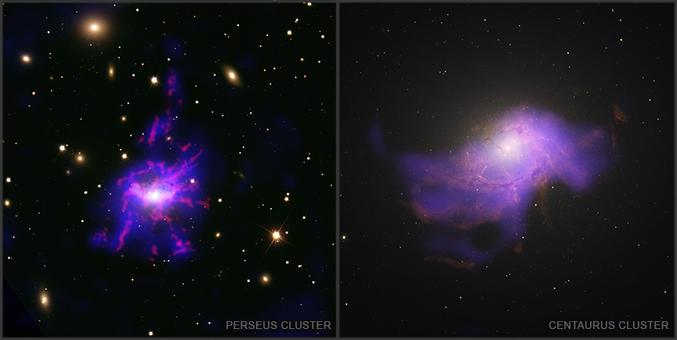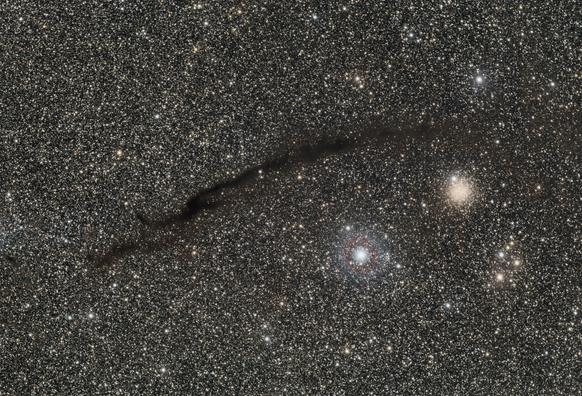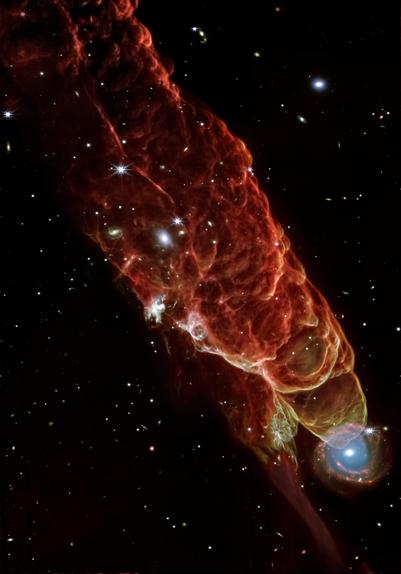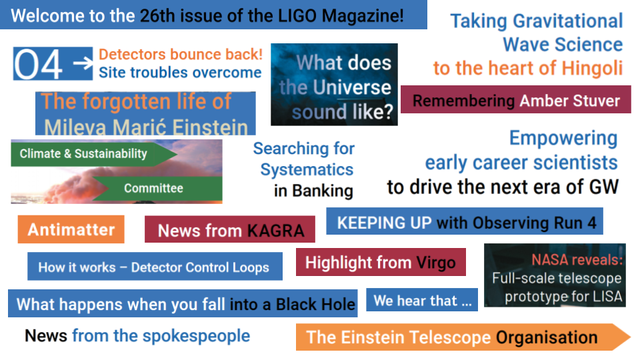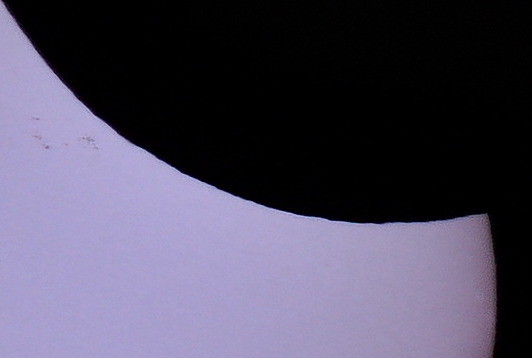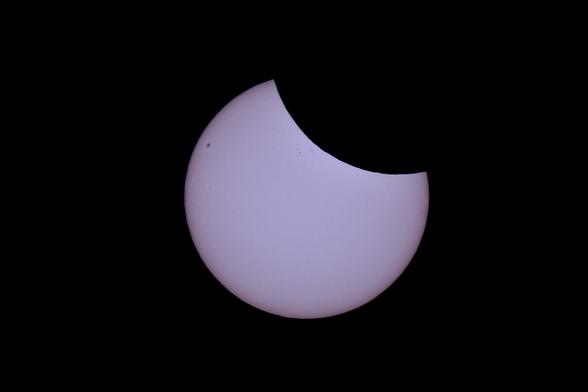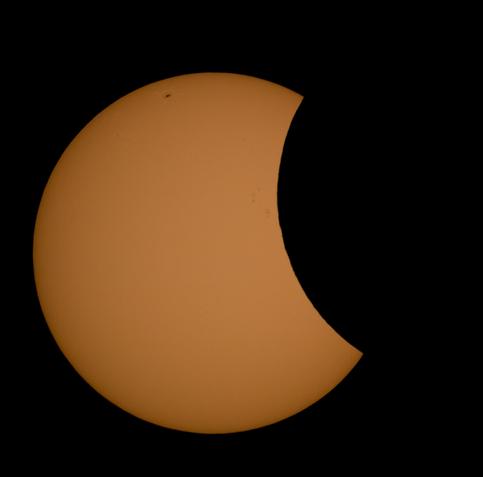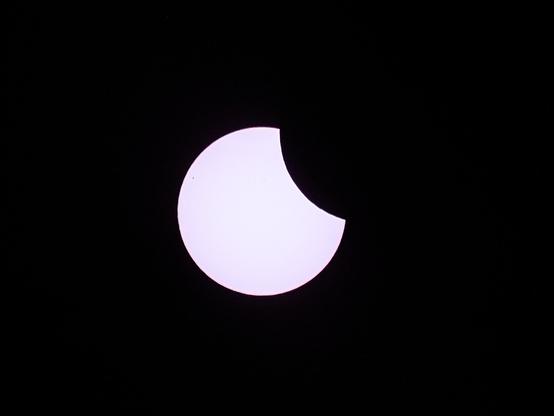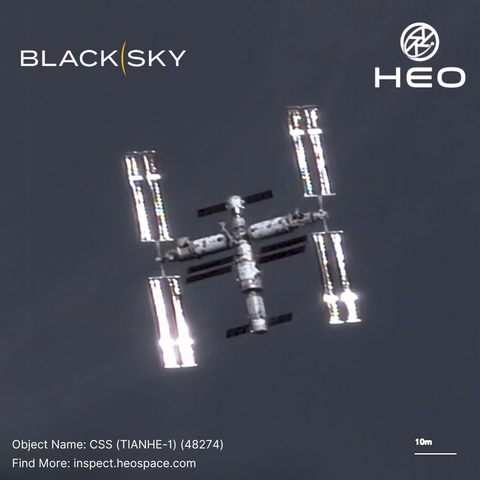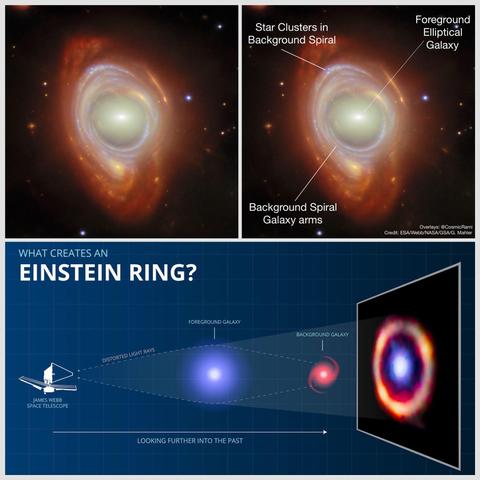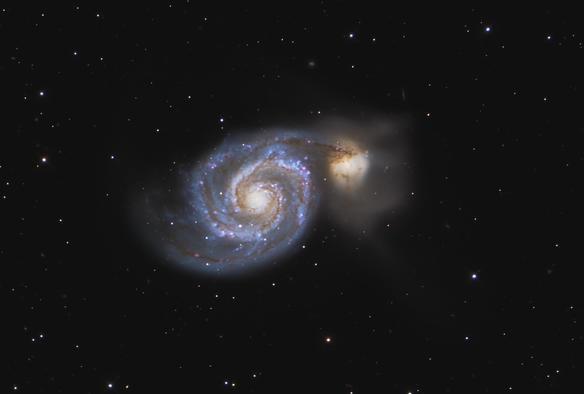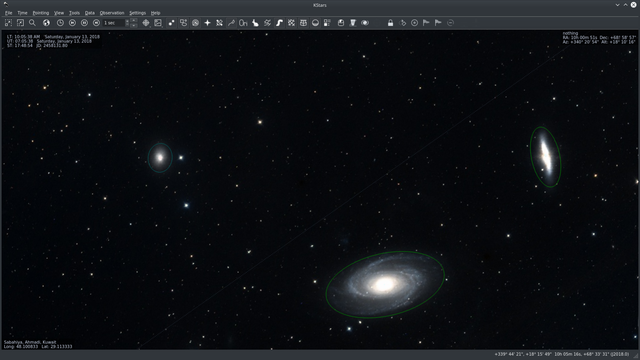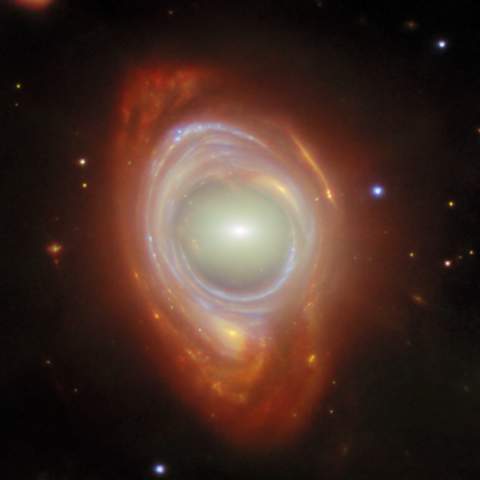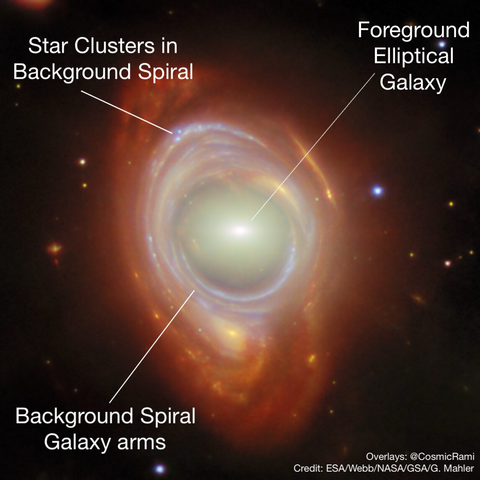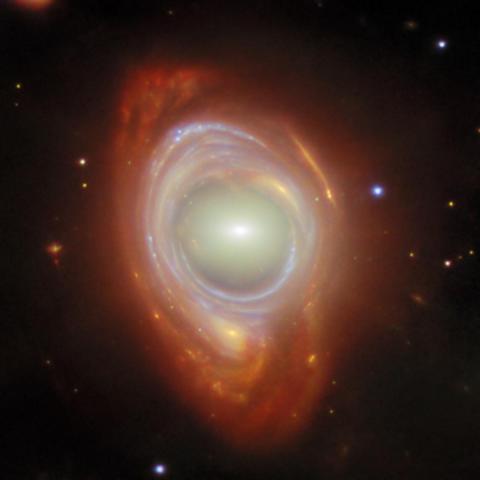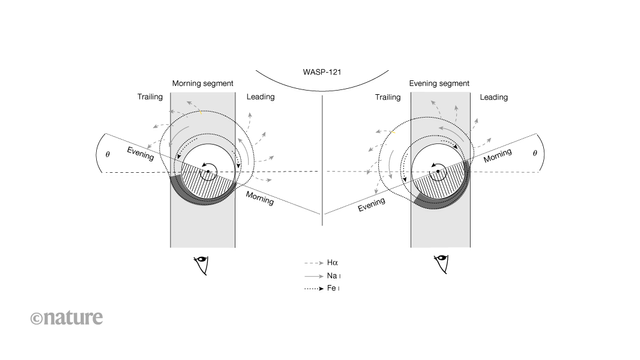As we’re heading into autumn, Orion starts to set earlier every day and the center of the Milky Way doesn’t rise until the early hours.
Carina and Vela are high in the sky and the southern cross is getting up there too.
We’re past best for the Magellanic Clouds, but other circumpolar objects are now moving into prime position. There are vast clouds of dark dust in the constellations of Chamaeleon and Musca.
The former is on my todo list, but I managed to sneak in a few hours on the Dark Doodad in Musca a week ago, despite some intermittent high cloud.
This dense snake is actually shaped more like a sheet, which we’re seeing edge-on. It blocks out the light from more distant stars.
The fuzz-ball on the right is a globular cluster, which sits 16,000 light years beyond everything else in this image.
Attention #science communicators! There are still a few days to apply for a cool #scicomm #job at the ESO Supernova Planetarium here in Garching bei #Munchen.
ESO/P. Horálek



